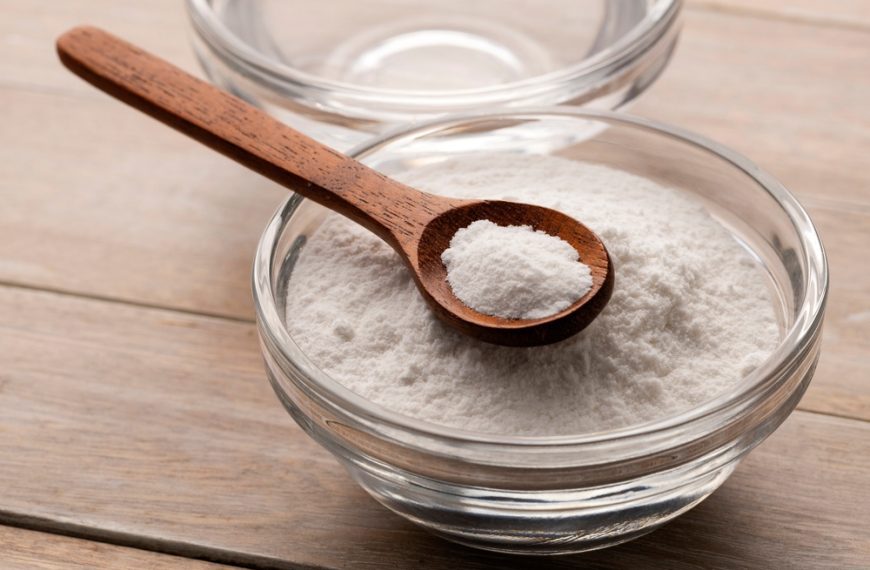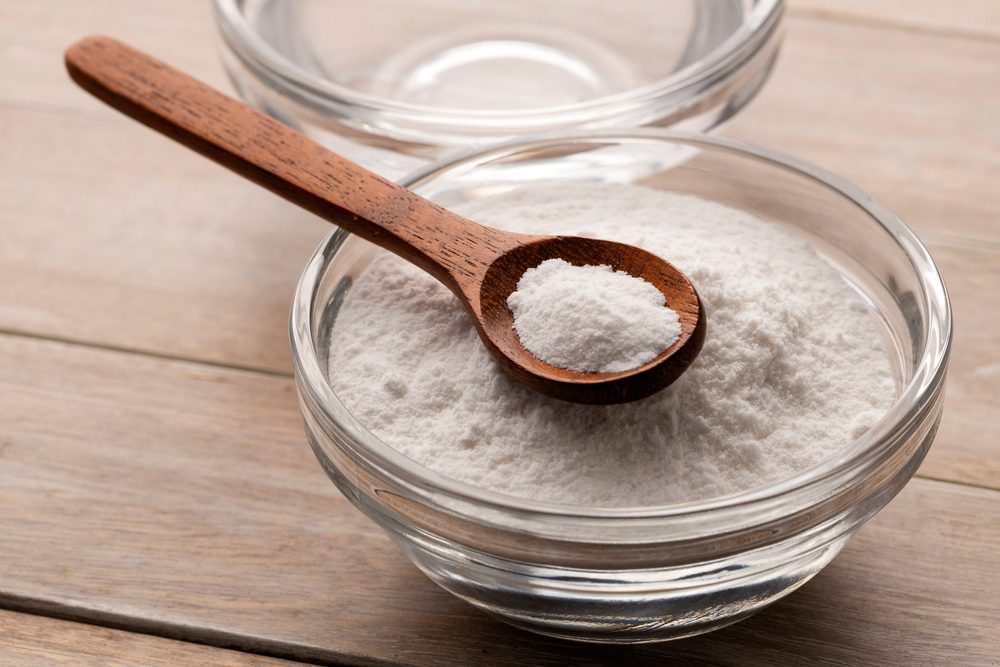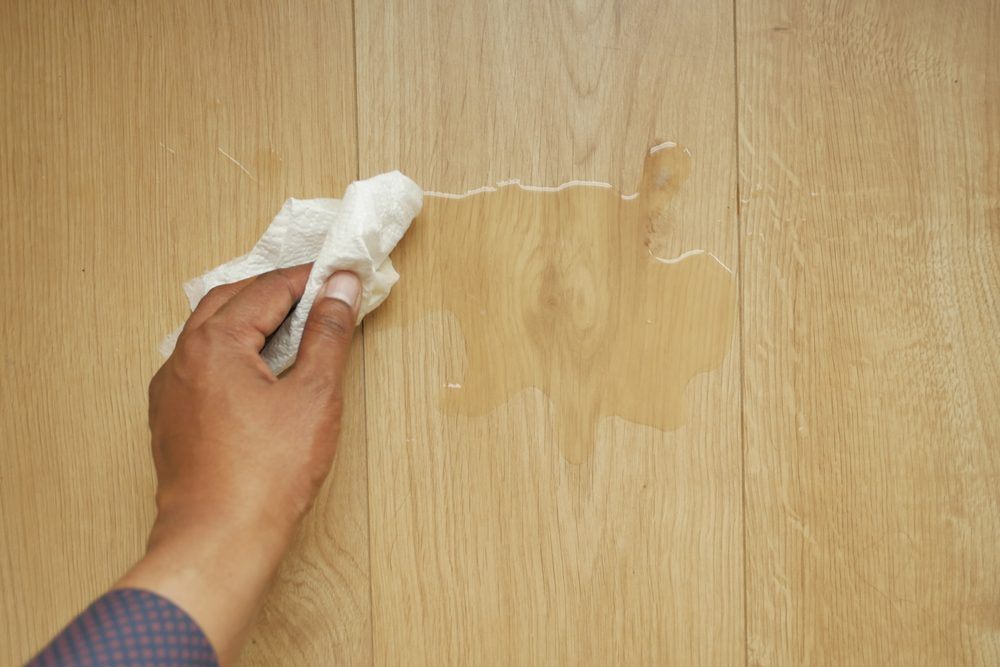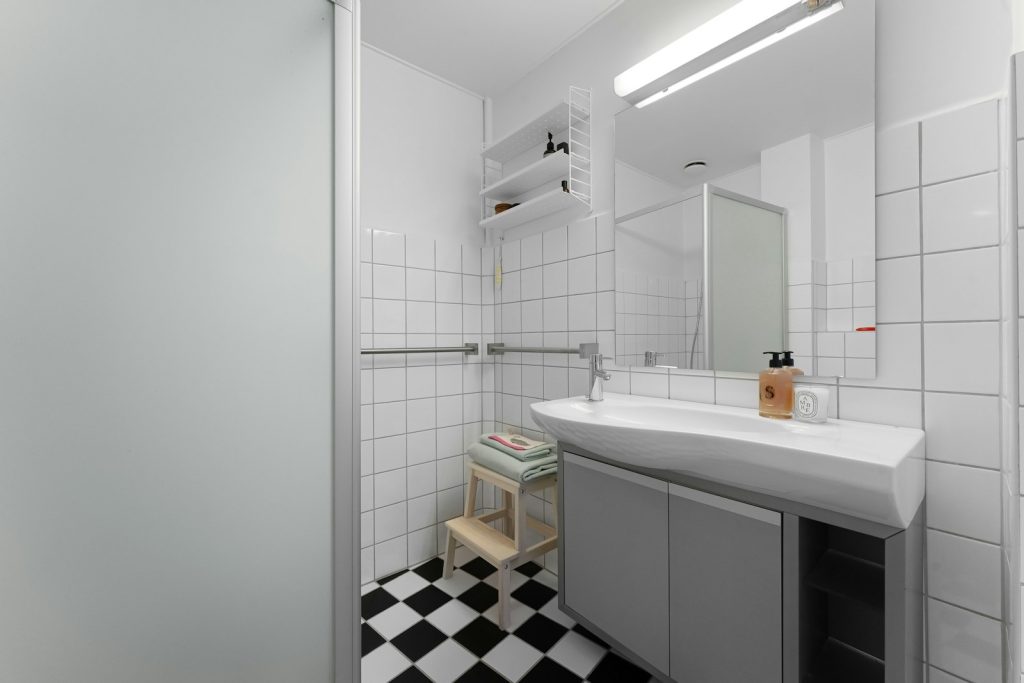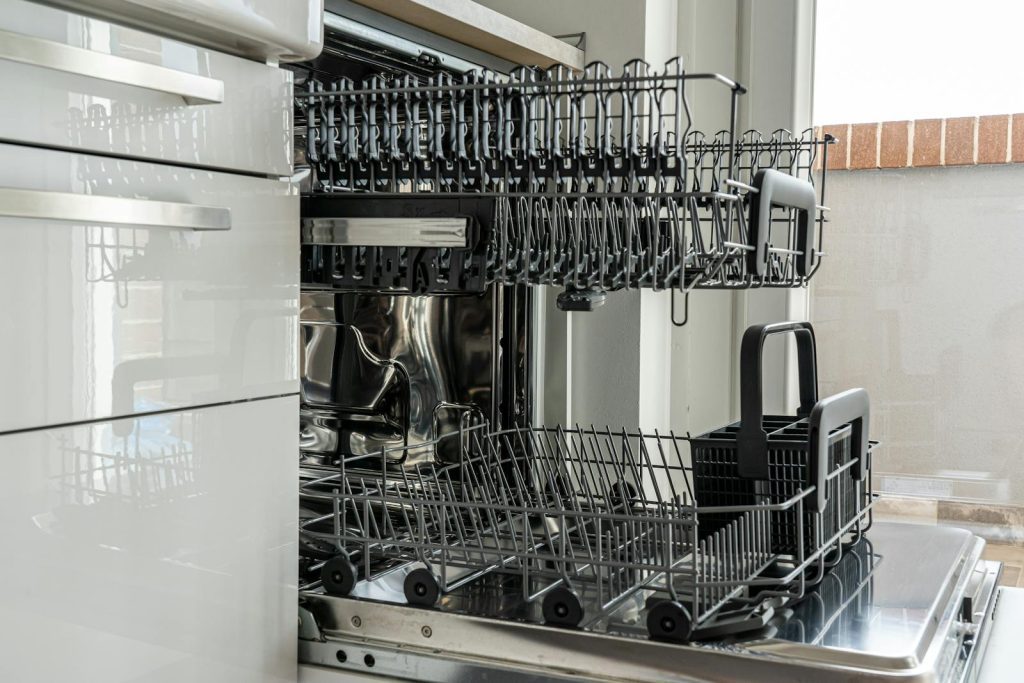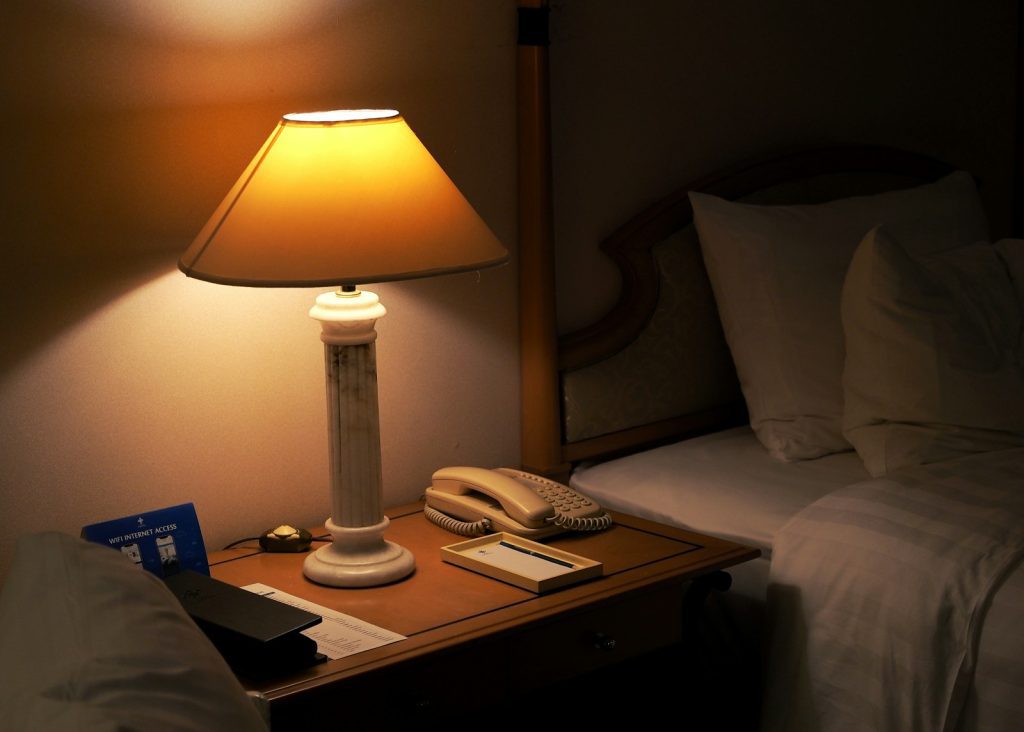I’ve always been fascinated by how everyday items from the past can suddenly become valuable treasures. It turns out, many vintage kitchen items that most of us overlook can actually fetch a good amount of money if you know what to look for. From old cast iron pans to colorful glassware, some pieces have gained collector’s status over the years. If you have vintage kitchenware tucked away, there’s a good chance some of those items might be worth much more than you expect, sometimes hundreds or even thousands of dollars. Condition, rarity, and brand all play a role in determining their value, and I’m excited to share some of the most surprisingly valuable kitchen finds with you.
Knowing which items to keep or sell can be a game-changer, especially if you stumble upon a classic piece with history and charm. Stick with me, and I’ll walk you through 10 vintage kitchen items that could turn out to be hidden gems in your home.

Quick Look: The Top 10 Most Valuable Vintage Kitchen Items
A few classic kitchen items have turned into prized collectibles, often surprising people with their value. Many of these pieces are still useful and carry a unique charm that makes them stand out.
Vintage Pyrex Dishes
I always check old Pyrex dishes because some patterns can be worth thousands of dollars. The most valuable ones come from the 1950s and 1960s, especially rare promotional editions. For example, the “Lucky in Love” casserole dish with green clovers and pink hearts can sell for over $4,000.
Even widely recognized patterns like “Butterprint” or “Gooseberry” fetch hundreds if well preserved. Condition is key—chips or cracks seriously lower value. If you spot your grandma’s Pyrex, it’s worth researching before deciding to toss it.
Cast Iron Skillets and Pans
Heavy vintage cast iron skillets aren’t just durable—they can be a goldmine. Brands like Griswold and Wagner are highly collectible. A rare Griswold “Spider” skillet from the late 1800s has sold for more than $8,000.
Look for skillets with clear brand markings and a smooth, well-seasoned cooking surface. Even common models in good condition can command hundreds. These skillets often last generations and can appreciate with proper care.
Vintage Jadeite Glassware
I’m always drawn to the soft green glow of vintage Jadeite glassware. This opaque glass was popular from the 1930s to the 1950s and is now in high demand among collectors.
Pieces like cake stands, salt and pepper shakers, plates, and mugs can fetch hundreds of dollars. Brands such as Fire-King and McKee carry the most value. The glass’s unique color and quality make it a standout collectible.
Vintage KitchenAid Mixers
My old KitchenAid mixer could be more than a baking helper—it might be a collector’s item. Early models from the 1930s and 1940s are especially valuable.
The Model H from 1941, with its pastel colors and Hobart-style design, is particularly sought after. Mixers from the 1950s and 1960s can also bring high prices if they work well and retain their original parts.
Copper Cookware and Pots
Copper pots and pans have always been kitchen showstoppers, but some vintage pieces can be worth hundreds, even thousands. French makers like Mauviel, Dehillerin, and Gaillard are especially prized.
Thicker copper and high-quality tin linings increase value significantly. Collectors look for well-maintained cookware with minimal dents or corrosion. A single sauté pan in good shape might sell for several hundred dollars.
Vintage Coffee Grinders
Coffee lovers might find treasure in an old hand-crank coffee grinder. Brands like Peugeot and Zassenhaus are the ones to watch.
Wood-bodied grinders with metal mechanisms are popular among collectors. A Peugeot grinder in good condition can fetch several hundred dollars. Even more common pieces command decent prices when well preserved.
Vintage Kitchen Scales
I find vintage kitchen scales charming and surprisingly valuable. Art Deco designs from the 1930s and 1940s are especially collectible.
Brands such as Salter and Detecto are well known. Scales with unique designs and minimal wear can sell for several hundred dollars. Even more ordinary models in good shape often bring $50 or more.
Original Mason Jars
Mason jars from earlier parts of the 20th century have become sought after collectibles. Old jars with unique colors like aqua or embossed logos are particularly prized.
Look for jars with original lids and minimal damage—these can sell for $100 or more. Specialty jars from brands like Atlas or Ball, especially rare variations, fetch higher prices.
Grandma’s Kitchen Cupboards
Sometimes the real value lies in what’s stored inside grandma’s cupboards. Vintage items tucked away, like complete sets of mid-century canisters or breadboxes, can bring good money.
Brands like Kromex and Lincoln BeautyWare top collectors’ lists. Bright colors and unique designs increase desirability. Even partial sets, if in great condition, usually find a willing buyer.
Collectible Cookie Cutters
Old cookie cutters can be surprisingly valuable, especially those from the early to mid-20th century. Cutters made of copper or tin and with rare shapes fetch higher auction prices.
For example, a vintage Martha Stewart-shaped cutter sold for over $1,000. Even common cutters in good condition easily sell for $20 to $50. I always recommend checking for distinctive shapes and markings that increase value.
Spotlight on High-Value Collectibles
When I look at vintage kitchen items, I focus on three key things: unique patterns that catch the eye, trusted brand names known for quality, and the condition that keeps the item’s value intact. These factors often decide how much collectors will pay.
Rare Patterns and Limited Editions
Certain patterns make vintage items stand out. Take vintage Pyrex, for example. Some collections like the “Lucky in Love” with green shamrocks or the Primary Color mixing bowls are highly sought after because they were made in limited runs.
Jadeite glassware also shines with its distinctive mint-green color, especially pieces marked by Fire-King or McKee. Limited editions and rare colors usually bring much higher prices.
In cast iron cookware, unusual sizes, rare lids, or unique patterns attract serious collectors. Griswold skillets with scarce markings often sell for thousands, showing how pattern rarity really matters.
Brand Names to Watch For
Some brand names always grab my attention when vintage kitchen items come up. Pyrex is a classic—especially those marked “PYROCERAM” on their Corningware lines. It signals authenticity and quality.
In cast iron, Griswold, Wagner, and Erie are the heavy hitters. I’ve seen Griswold pans go for hundreds or even thousands when they’re in great shape.
For mixers and appliances, vintage KitchenAid models are collectibles, too, especially early or unusual colors. If you spot Mauviel or Dehillerin cookware, those French brands are known for both quality and value.
Condition and Authenticity Matters
Nothing beats pristine condition when it comes to vintage kitchen collectibles. Scratches, chips, or missing parts seriously reduce value, so I always check for these first.
Original lids, packaging, or markings add authenticity. For example, Jadeite glassware with “Fire-King” stamped pieces are more valuable than those without.
With cast iron skillets, intact seasoning and no rust can mean hundreds more. Likewise, a working KitchenAid mixer with all original parts fetches better prices than one missing attachments.
Keeping these details in mind helps separate a true collectible from just an old kitchen item.
How to Identify and Care for Valuable Kitchenware
Knowing how to spot authentic vintage pieces and keep them in great shape can really boost their value. It’s all about paying attention to details like markings, materials, and condition—and then using the right care methods to preserve them.
Spotting Genuine Jadeite and Pyrex
When looking at Jadeite glassware, I always check for the distinctive mint-green color and the “Fire-King” or “McKee” stamp on the bottom. This marking significantly increases its value. Avoid pieces with heavy scratches or chips since collectors prefer items in mint condition.
For Pyrex, I look for intact colors and rare patterns, like the “Primary Color” or “Lucky in Love.” The patterns should be vibrant, and the bottom usually has a manufacturer’s stamp with the year. Original lids and minimal wear make Pyrex pieces worth more.
Both Jadeite and Pyrex become more valuable when they’re part of a complete set. If you see fading or cracks, it’s best not to buy unless the piece is extremely rare.
Caring for Cast Iron and Copper
Cast iron cookware, like skillets from Griswold or Wagner, needs to be seasoned regularly to keep the surface non-stick and prevent rust. I avoid soap when cleaning and dry it completely to stop any moisture damage.
Copper cookware looks great but requires polishing to maintain its shine. I use a gentle copper cleaner but avoid abrasive pads that can scratch the surface. Some copper pots have a tin lining—if that’s worn, it may need professional re-tinning.
Both cast iron and copper benefit from proper storage in dry, ventilated spaces. Storing them in damp areas risks rust or tarnish, which can damage value.
Preserving Condition for Higher Value
Condition is everything with vintage kitchen items. I recommend handling pieces carefully to avoid chips, scratches, or dents.
For glassware and ceramics, I store items in padded cabinets or wrap them in cloth to prevent accidental damage. Complete sets with original lids or boxes always fetch more, so keep those safe.
Avoid harsh chemicals or dishwashers on vintage pieces. Hand washing with mild soap and gentle drying is best. Also, look out for original labels or branding—these add authenticity and appeal.
Taking these steps helps keep your vintage kitchenware attractive to collectors and preserves their worth over time.
Where to Find, Sell, and Showcase Vintage Kitchen Treasures
Finding and sharing vintage kitchen items is a rewarding mix of hunting, selling, and displaying. I’ve found that knowing where to look, where to sell, and how to showcase these treasures can make all the difference.
Hunting at Antique Stores and Auctions
Antique stores and auctions are goldmines for vintage kitchen finds. I often explore local shops where you can uncover classic Pyrex bowls or old coffee mills tucked away in dusty corners. Auctions, especially estate sales, often feature well-preserved items from grandma’s kitchen cupboards that have real collector appeal.
When hunting, I recommend checking items for condition and maker’s marks. For example, cast iron skillets with clear branding, or coffee grinders signed by well-known manufacturers, tend to be more valuable. Visiting early and attending regularly increases your chances of spotting unique pieces before anyone else does.
Selling Through Online Marketplaces
Selling vintage kitchen items online is where you can reach serious collectors and get fair prices. I use platforms like eBay and Etsy because they cater to niche buyers searching for items like KitchenAid mixers or enamelware sets from specific decades.
Clear photos and detailed descriptions matter a lot here. I always highlight condition, brand, and era—for example, a 1950s CorningWare casserole with an intact blue cornflower pattern gets more attention. Pricing competitively, based on recent sales of similar items, ensures faster turnover. Listing in multiple marketplaces can also broaden your exposure.
Displaying Collectibles in Your Kitchen
Displaying vintage kitchenware can turn your space into a charming showcase. I like arranging items like colorful Pyrex bowls and old coffee mills in open kitchen cupboards or on shelves where they’re both functional and decorative.
Using vintage breadboxes or canister sets as storage keeps them visible and useful without clutter. Grouping similar colors or patterns creates focused displays. For fragile items, I recommend placing them away from direct sunlight to preserve their colors and finishes over time. This way, your collection feels like a living part of the kitchen’s story.





